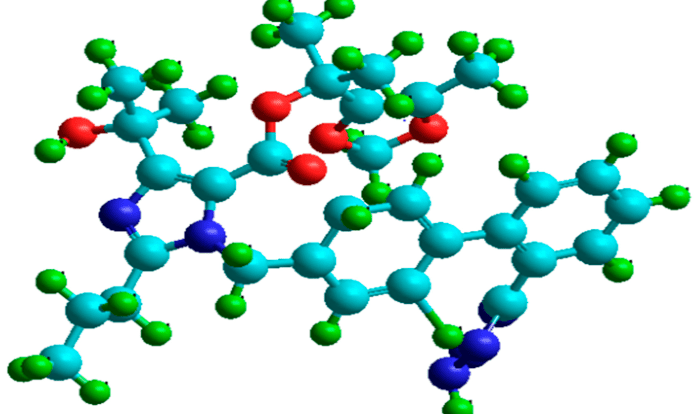Ancient romans made it from soot crossword clue presents a captivating exploration into the multifaceted uses of soot in ancient Roman society. From its humble origins as a byproduct of combustion to its remarkable applications in construction, art, and even medicine, soot played a pivotal role in shaping the daily lives and cultural practices of the Romans.
This article delves into the historical context of soot in ancient Rome, examining its significance in various aspects of life. We will explore the different building materials used by the Romans, highlighting the unique properties and techniques employed to incorporate soot into their structures.
Furthermore, we will investigate the role of soot in the production of pigments and inks, uncovering the chemical composition and applications of these materials in Roman art and writing.
Ancient Roman Uses of Soot

Soot, the black carbonaceous residue from burned organic materials, played a significant role in ancient Roman society. It was not merely a byproduct of combustion but a valuable substance with diverse applications in daily life, religious practices, construction, and art.
Historical Context of the Ancient Romans
The ancient Romans held soot in high regard. They believed it possessed purifying and protective qualities, making it a sacred substance. Soot was often used in religious ceremonies and rituals to ward off evil spirits and bring good fortune. It was also a common ingredient in medicinal preparations and cosmetic products.
Ancient Roman Construction Materials
In addition to its ritualistic uses, soot was also a practical construction material. Mixed with lime, soot created a durable mortar that was used to build and repair structures. The Romans discovered that adding soot to concrete improved its strength and water resistance.
The Pantheon in Rome, a remarkable architectural marvel, is a testament to the effectiveness of soot-based concrete.
Soot-Based Pigments and Inks
Soot was also a valuable source of pigments and inks. When mixed with oil or water, it produced a deep black color that was used in painting, writing, and decoration. Roman artists used soot to create stunning frescoes and mosaics, while scribes relied on soot-based inks to record historical events and literary works.
Medical and Cosmetic Applications of Soot, Ancient romans made it from soot crossword clue
The ancient Romans believed that soot had medicinal properties. It was used to treat a variety of ailments, including eye infections, skin rashes, and wounds. Soot was also a popular ingredient in cosmetics, particularly for darkening eyelashes and eyebrows. It was believed to enhance beauty and protect the eyes from the sun.
Question Bank: Ancient Romans Made It From Soot Crossword Clue
What was the primary source of soot in ancient Rome?
The primary source of soot in ancient Rome was the burning of wood and organic materials for cooking, heating, and lighting.
How did the Romans incorporate soot into their building materials?
The Romans mixed soot with lime, sand, and water to create a durable mortar that was used in the construction of walls, aqueducts, and other structures.
What role did soot play in Roman art?
Soot was used as a black pigment in the production of frescoes, mosaics, and other forms of Roman art. It was also used in the making of inks for writing and calligraphy.
Did the Romans use soot for medicinal purposes?
Yes, the Romans used soot for medicinal purposes, such as treating wounds, burns, and skin infections. It was also believed to have cosmetic benefits and was used in hair dyes and eye makeup.




